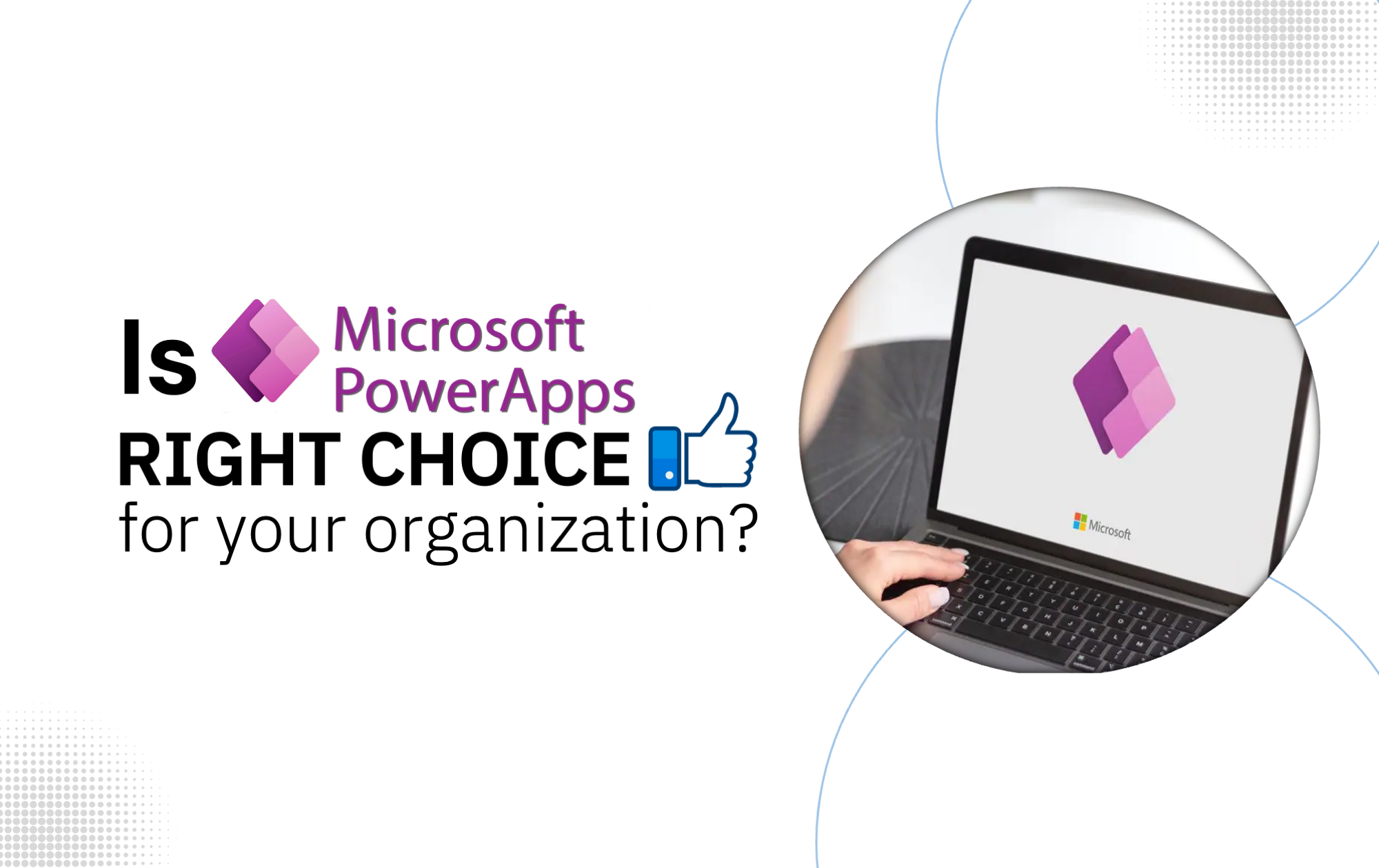How can I use Microsoft PowerApps for my organization

Microsoft PowerApps is a platform that allows you to create custom business applications without the need for extensive coding or development skills. It enables users to build apps that can streamline processes, automate tasks, and connect with various data sources. Here's a general guide on how you can use Microsoft PowerApps for your organization:
1. Understand PowerApps Basics:
- Canvas Apps vs. Model-Driven Apps: PowerApps supports two main types of apps - Canvas Apps and Model-Driven Apps. Canvas Apps allow you to design the app's layout freely, while Model-Driven Apps are built on a pre-defined data model.
- Connectors: PowerApps relies on connectors to integrate with various data sources (SharePoint, Microsoft 365, SQL Server, etc.). Familiarize yourself with connectors relevant to your organization.
2. Access PowerApps:
- Go to the PowerApps website or launch PowerApps from your Microsoft 365 account.
3. Create an App:
- Click on "Apps" and then "Create an app."
- Choose the type of app you want to create (Canvas or Model-Driven).
- Select a data source (e.g., SharePoint list, Excel, SQL Server).
4. Design the App:
- For Canvas Apps, use a drag-and-drop interface to design the app. Add screens, controls, and connect them to data sources.
- For Model-Driven Apps, define entities, fields, and relationships in the Common Data Service.
5. Add Functionality:
- Use formulas (PowerApps uses a language called PowerFx) to add functionality. Formulas can be used for calculations, data validation, and more.
- Implement business logic, such as conditional formatting and rules.
6. Test Your App:
- Use the built-in preview feature to test your app and identify any issues.
7. Share and Collaborate:
- Share your app with others in your organization by publishing it.
- Collaborate with team members by co-authoring the app.
8. Integrate with Microsoft Flow:
- Microsoft Power Automate (formerly Flow) can be integrated with PowerApps to automate workflows. For example, you can create a Flow triggered by a PowerApps button click.
9. Leverage AI Builder:
- If needed, use AI Builder to add artificial intelligence capabilities to your apps, such as object detection, prediction, or sentiment analysis.
10. Learn and Iterate:
- Explore additional features and capabilities of PowerApps as needed.
- Gather feedback from users and iterate on your app to improve its functionality and user experience.
11. Documentation and Community:
- Refer to Microsoft PowerApps documentation for detailed guides and resources.
- Engage with the PowerApps community to ask questions and learn from others' experiences.
12. Training and Certification:
- Consider training and certification programs offered by Microsoft to enhance your PowerApps skills.
Remember to tailor these steps to your organization's specific needs and requirements. PowerApps provides a flexible environment, so you can adapt it to various scenarios and business processes.
Thank you.
